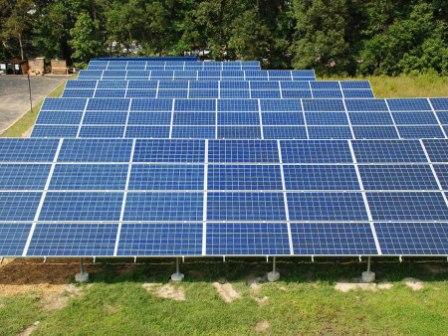Solar module manufacturing capacity in India is set to rise by almost 400 percent by fiscal 2025 as compared with fiscal 2021, said ratings agency Crisil.
The report from Crisil said the trend will be supported via strong demand, favourable policies, likely improvement in energy efficiency, and price competitiveness, it said.
Besides, with the government supporting domestic manufacturers through policy measures, their competitiveness relative to the Chinese is expected to improve.
The imposition of 40 percent custom duty on imported solar PV modules and the Production-Linked Incentive (PLI) scheme’s benefits will eliminate the existing price gap and may make domestic module competitive by 2-3 cents per watt at current prices, Crisil said.
These supply-side interventions are complemented by growing demand due to government thrust on renewables, and sharper focus of the private sector on the environmental, social and governance, or ESG, norms.
India’s solar capacity implementation is expected to rise to 14 GW per annum between fiscals 2022 and 2024, and further beyond that given aggressive renewable energy plans. This plan will drive demand for cells and modules.
In addition to price competitiveness, developers may prefer domestic modules because they get better control of the supply chain and timely supplies compared with imports. It will also help developers offset risks from surging freight cost seen in the recent past.
“We estimate Rs 50,000 crore of investments across the value chain for solar capacity building in India through fiscal 2025,” Aditya Jhaver, Director, Crisil Ratings, said.
“Module and cell manufacturing capacity is estimated to increase by 30-35 GW each, while under the PLI scheme, we may also see backward-integration into polysilicon and wafer capacities.”

